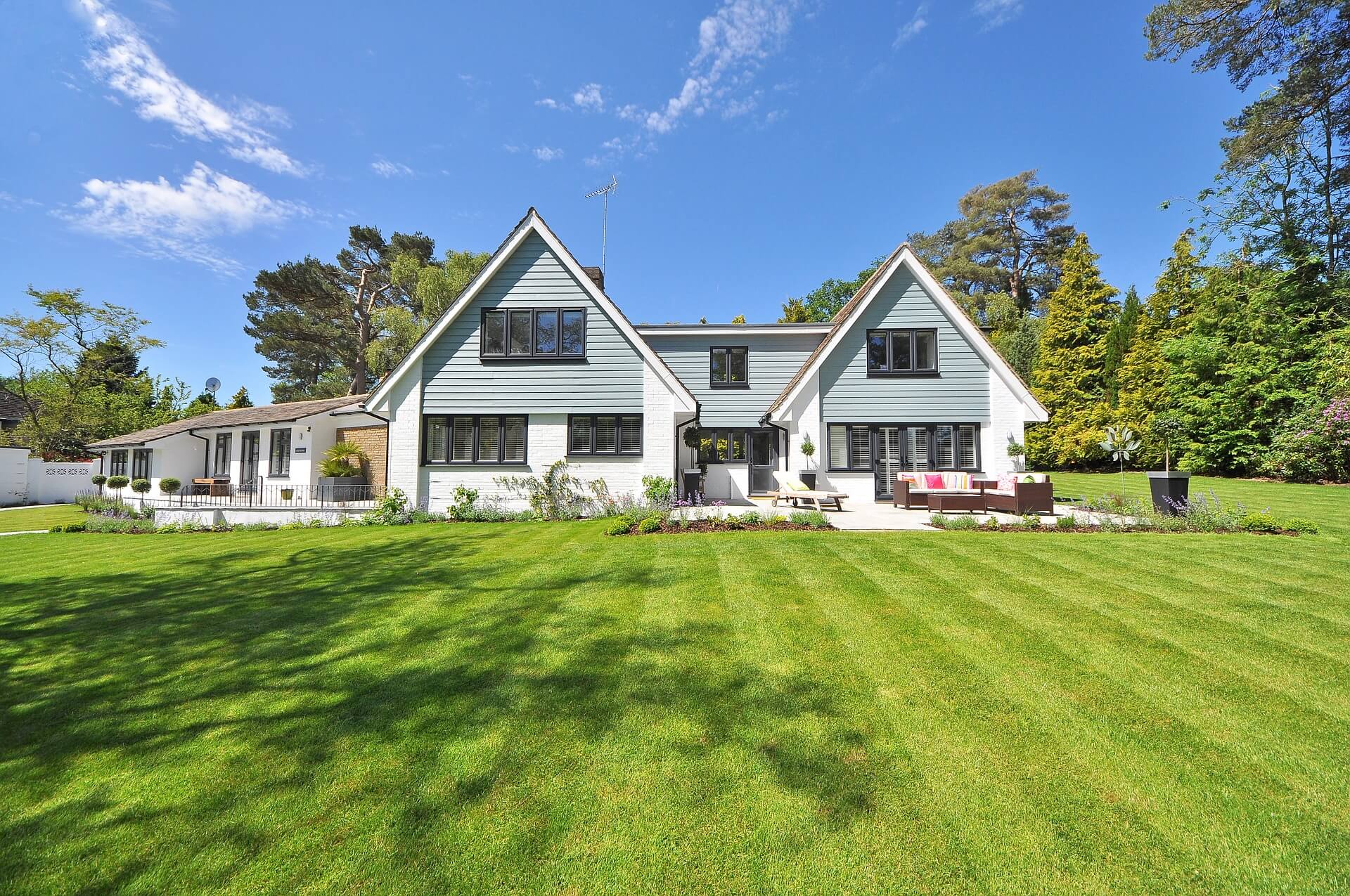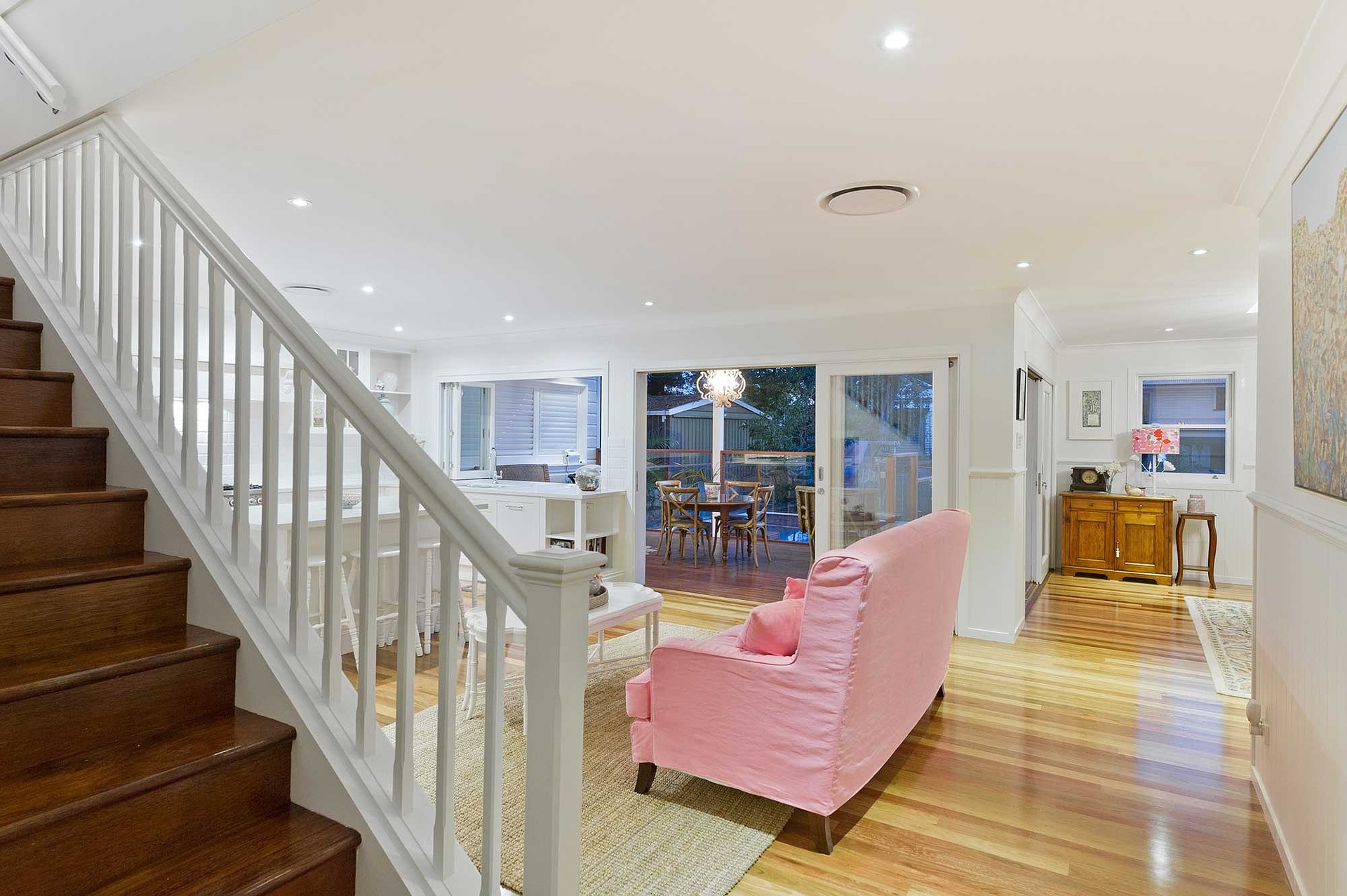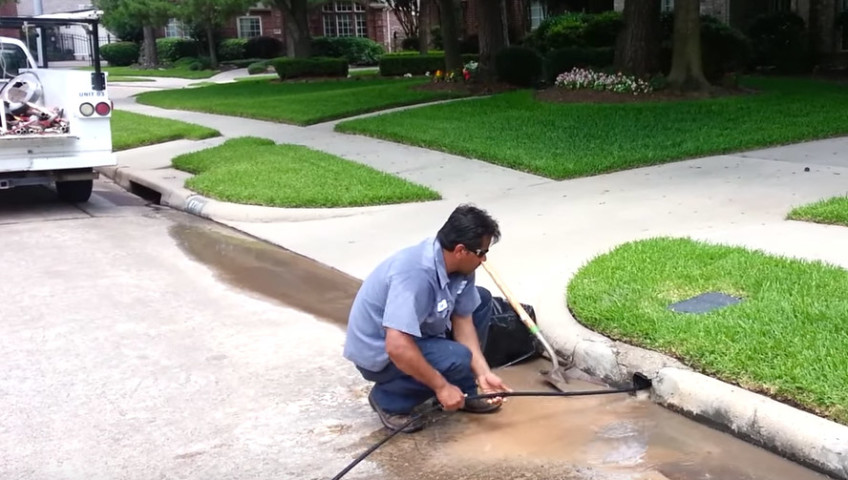Your yard is an extension of your home. Just like your home, you want to keep your yard in great shape. Like your home’s interior, you also want to make sure the yard is an entirely inviting place. You also want your lawn to stay tidy and green. There are lots of steps you can take to accomplish this task. A beautiful yard is not only a place to admire. It’s also a credit to the neighborhood for your neighbors to adore as much as you do. If you’re going to put that house on the market, you’ll want to make sure it has instant curb appeal. Homeowners planning on staying put can also benefit from a lush yard full of pleasing features any day of the year.
Here are 7 secrets to keeping your Lawn Tidy and Green:
1. Creating Outdoor Rooms:
It’s best to think about the entire yard as a series of open rooms. Each room can be dedicated to a separate purpose. One area might be where you grow your beautiful roses. The next might be an area dedicated to growing lots of fruit and vegetables or a grove of trees that you can retreat to on a hot day. Each area can serve different purposes and yet still be part of an organic whole at the same time. Each area can also provide you with hours of enjoyment. Keeping each area in the best shape possible makes it possible for you to use that part as intended.
2. Other Features:
A yard typically has lots of other features besides the grass. You might have a birdbath or a pool. One area might have a large deck and a patio where you take your morning coffee before heading off to work. When making sure that your own lawn is in ideal shape, you’ll want every single feature to work effectively. Allow enough space to make sure that any chlorinated water in your pool is firmly away from your more delicate flowers and growing vegetables. Keep a close eye on your deck and the patio area. These need to carefully examined as the season’s pass. Look for any cracks in the pavers and other parts of the patio. Apply a coat of stain to the entire deck with waterproof features to keep it looking good and avoid problems with wood rot.
3. New Forms of Grass:
Different kinds of grasses can also be used in your yard. Synthetic turf from SurfaceIT Sydney can provide you with a useful alternative to your standard yard materials. This new form of grass is easier to maintain than many other types of grasses. There’s no need to use lots of messy chemicals like fertilizers to keep in looking good. This form of grass also needs a lot less help to make it look good. You don’t have to spend hours mowing it each year. It will also last longer than a handful of grass seeds and won’t get full of dirt in the middle and muddy patches in the middle of a storm. This is a good choice that can work well with other types of lawn material for a coherent and elegant look.
4. Proper Fencing:
Fencing is another way to keep your yard looking fabulous. If you have a large dog, the fence will make sure they’re not wandering the neighborhood. Fencing also provides a safe space for kids to enjoy as parents watch them have fun. Think about the kind of fencing you want to use. There are many choices ranging from standard wood to aluminum siding. Fencing can be easily integrated with the rest of the home’s look and materials by using the same material as the rest of the house in this design. Add additional privacy by training a series of vines to climb over varied areas of the property. They’ll add lots of colors and provide a lot of interest to the entire yard.
5. Long Term Plans:
Any plan for your yard should have both short term and longer-term ides in place. In the short term, you might want to begin by removing any existing features that you don’t like. For example, you might have bushy areas with lots of growth that have grown over time and even uprooted areas in your yard.
Investing in the right tools to help you clean your yard effectively and swiftly is essential. One must-have tool is the Milwaukee M18 electric string trimmer which is a flexible, multi-use tool that is durable and long-lasting.
Your longer-term plans for the yard might include other aspects of it such as putting down a brand play space for the kids and installing new railings. Consider how you reach each area in the yard. Keeping it in good shape also means removing any obstacles in the path to the yard such as redoing the paths that lead to it.
6. Feeding the Yard:
All cards need to be fed to look good. You’ll want to think about how to feed your yard and when to feed it. Now is the time to bring in the tools you need and store them in an easy and convenient place such as your garage. The yard needs to have food typically several times a year. You’ll want to take the time to make sure the yard is fed on schedule. Adding additional items such as mulch can help by adding even more interest and protecting areas of the yard that might otherwise get too much sun all day long.
7. Watering It Right:
A yard also needs water. Water makes sure are all areas of the yard look nice. Nature typically waters the yard as needed. However, sometimes nature needs a little help now and then with the watering process. If you see areas that look as if they are getting a little bit brown, you’ll want to make sure they are fully watered. A few minutes of watering once a week can keep your yard in great shape even in the middle of long, hot days. Consider grasses and other plants that need less water but will still look great. You’ll conserve water and have a stunning yard at the same time.
Read Also:






















